Description
Familiarity with treatment
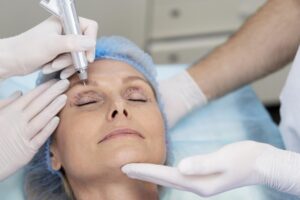
Lower blepharoplasty is a surgical procedure that focuses on improving the appearance of the lower eyelids. It is commonly performed to address issues such as under-eye bags, excess skin, and fat deposits. Here is an overview of the procedure:
Incision Placement: The surgeon typically makes incisions either on the inside of the eyelid (transconjunctival approach) or just below the lower eyelashes (subciliary approach). The choice of incision placement depends on factors such as the patient’s anatomy and the specific goals of the surgery.
Fat Removal or Repositioning: In lower blepharoplasty, excess fat is often a primary concern. The surgeon may remove or reposition the fat to achieve a more youthful and rejuvenated appearance. This can help reduce the appearance of under-eye bags.
Muscle and Skin Adjustments: The surgeon may also make adjustments to the underlying muscles and remove any excess skin. This helps to tighten the lower eyelid area and improve its overall contour.
Additional Procedures: Depending on the patient’s specific needs, additional procedures may be performed during lower blepharoplasty. These can include canthoplasty or canthopexy, which involve tightening the outer corners of the eyes to improve support and stability.
Closure: Once the necessary adjustments have been made, the surgeon carefully closes the incisions with sutures. Dissolvable stitches are commonly used, eliminating the need for suture removal.
Who is it suitable for?
Lower blepharoplasty is suitable for individuals who have specific concerns related to their lower eyelids, such as:
Under-eye Bags: Lower blepharoplasty can address the appearance of puffy or bulging bags under the eyes, which can make a person look tired or aged.
Excess Skin: If there is loose or sagging skin in the lower eyelid area, lower blepharoplasty can help tighten and rejuvenate the skin, resulting in a more youthful appearance.
Fat Deposits: Lower blepharoplasty can remove or reposition excess fat deposits that contribute to the appearance of under-eye bags. This can create a smoother and more refreshed look.
Lower Eyelid Laxity: If the lower eyelids have laxity or droopiness, lower blepharoplasty can help tighten and restore the natural contour of the eyelids.
Who is it not suitable for?
While lower blepharoplasty can be a suitable procedure for many individuals seeking to address specific concerns related to their lower eyelids, there are certain cases where it might not be recommended. Some situations where lower blepharoplasty may not be suitable include:
Poor General Health: Individuals with underlying health conditions that could increase the risks associated with surgery, such as uncontrolled diabetes, severe cardiovascular disease, or compromised immune function, may not be suitable candidates for lower blepharoplasty. It’s important to discuss your medical history and overall health with a qualified plastic surgeon to determine if the procedure is appropriate for you.
Unrealistic Expectations: If a person has unrealistic expectations about the outcomes of lower blepharoplasty or is seeking to achieve a dramatic and unnatural change in their appearance, the procedure may not be suitable. It’s important to have a thorough consultation with a plastic surgeon to discuss realistic goals and outcomes.
Active Eye Infections or Diseases: Individuals with active eye infections, such as conjunctivitis or other eye diseases, may need to postpone lower blepharoplasty until the infection or condition is resolved. The surgeon will evaluate the eye health and determine the suitability of the procedure.
Severe Dry Eye Syndrome: Lower blepharoplasty can potentially worsen dry eye symptoms in individuals who already have severe dry eye syndrome. The surgeon will assess the severity of the condition and determine if the procedure is appropriate or if alternative treatments should be considered.
Smoking or Tobacco Use: Smoking can impair the healing process and increase the risk of complications after surgery. Individuals who smoke or use tobacco products may be advised to quit or abstain for a certain period before and after the procedure. Failure to do so may make them unsuitable candidates for lower blepharoplasty.
Advantages
Lower blepharoplasty offers several advantages for individuals seeking to improve the appearance of their lower eyelids. Here are some benefits associated with the procedure:
Reduction of Under-Eye Bags: Lower blepharoplasty can effectively address under-eye bags caused by excess fat deposits or sagging skin. By removing or repositioning the fat, the procedure can create a smoother and more rejuvenated appearance.
Improved Contour and Tightening: The surgery allows for the adjustment of the underlying muscles and removal of excess skin, resulting in a tighter and more youthful contour of the lower eyelids.
Enhanced Appearance: Lower blepharoplasty can make the eyes appear more alert, refreshed, and youthful. It can help reduce the tired or aged appearance associated with under-eye bags and sagging skin.
Improved Field of Vision: In cases where severely sagging skin around the eyes impairs peripheral vision, lower blepharoplasty can help alleviate this issue by removing the excess skin and improving the field of vision.
Long-Lasting Results: Lower blepharoplasty typically provides long-lasting results. While the aging process continues, the benefits of the procedure can be enjoyed for many years, often ranging from 10 to 15 years.
Minimal Scarring: The incisions made during lower blepharoplasty are carefully placed in natural folds or under the lash line, resulting in minimal scarring. This allows for a more discreet and aesthetically pleasing outcome.
Complications
Lower blepharoplasty, like any surgical procedure, carries potential risks and complications. It’s important to be aware of these possibilities before undergoing the surgery. Here are some complications that can occur with lower blepharoplasty:
Hematoma: In rare cases, a collection of blood (hematoma) can form under the skin, causing swelling, pain, and potential disruption of the healing process. Proper surgical technique and postoperative care can help minimize the risk of hematoma formation 1.
Chemosis: Chemosis refers to swelling of the conjunctiva, the clear tissue that covers the white part of the eye. It can occur after lower blepharoplasty and may cause discomfort or temporary blurred vision. The condition typically resolves on its own, but medical treatment may be necessary in some cases 1.
Canthoplasty Complications: Canthoplasty is a procedure sometimes performed in conjunction with lower blepharoplasty to tighten the outer corners of the eyes. Complications associated with canthoplasty can include malposition of the lower eyelid, such as retraction (pulling down) or ectropion (outward turning) of the eyelid 1.
Scarring: While efforts are made to minimize scarring, there is a possibility of visible scarring after lower blepharoplasty. The extent and visibility of scarring can vary depending on individual factors and surgical techniques used.
Eyelid Malposition: Lower blepharoplasty can occasionally result in eyelid malposition, such as lower eyelid retraction (a low-positioned eyelid that is tethered to the orbital rim) or ectropion (outward turning of the eyelid). These complications may require additional treatment or revision surgery 2.
Dry Eyes: Some individuals may experience temporary or prolonged dryness of the eyes after lower blepharoplasty. This can cause discomfort and may require the use of lubricating eye drops or other treatments.
preoperative care
The preoperative care for lower blepharoplasty typically includes the following:
Consultation and Evaluation: You will have a consultation with a qualified plastic surgeon who specializes in blepharoplasty. During this consultation, the surgeon will evaluate your specific concerns, discuss your goals, and assess your overall health and medical history.
Medical Evaluation: A complete ophthalmologic examination may be performed to assess your eye health, visual acuity, and any potential issues that may affect the surgery or recovery process.
Discussion of Expectations: The surgeon will discuss the expected outcomes of the procedure, potential risks and complications, and any limitations or restrictions that may apply during the recovery period. It’s important to have realistic expectations and a clear understanding of the procedure.
Preoperative Instructions: You will receive specific instructions to follow before the surgery. These may include guidelines on medications to avoid, such as blood-thinning medications, herbal supplements, and non-steroidal anti-inflammatory drugs (NSAIDs), as they can increase the risk of bleeding during and after surgery. You may also be advised to stop smoking, as it can impair the healing process.
Arrangements for Postoperative Care: It’s important to arrange for someone to accompany you to the surgery and stay with you for the first 24 hours after the procedure, especially if sedation or a facelift is involved. Professional nursing care may be recommended if a facelift is performed in addition to the blepharoplasty.
Preparation for Recovery: You may be advised to make certain preparations for the recovery period, such as having cold compresses, eye drops, and gauze available at home. It’s also important to have a quiet and peaceful environment for rest during the initial days after surgery.
Postoperative care
The postoperative care following lower blepharoplasty typically includes the following guidelines:
Wearing Sunglasses: After the surgery, it is recommended to wear dark sunglasses during your trip home as you may be sensitive to light 1.
Vision Blurriness: The ointment used during the surgery may cause temporary blurry vision, which usually resolves within 24 hours.
Avoiding Contact Lenses: It is advised not to wear contact lenses for at least two weeks after the surgery. However, you can wear eyeglasses during this time 1.
Driving Restrictions: It’s important not to drive until you have stopped taking pain medication, your vision is no longer blurry, and you can safely and comfortably drive a car. This typically takes about 5 to 10 days after the surgery 1.
Rest and Avoidance of Activities: It’s crucial to get quiet and peaceful rest during the first 3 to 4 days after the surgery. Avoid activities such as heavy lifting and exercise during this initial recovery period 1.
Follow-up Appointments: Suture removal typically occurs at two different appointments between 2 and 7 days after the surgery Your surgeon will provide specific instructions regarding follow-up care and appointments.
Swelling and Bruising: Swelling and bruising are normal after lower blepharoplasty. The severity and duration of swelling and bruising can vary from person to person. Typically, moderate swelling and bruising improve within 1-2 weeks for upper eyelid blepharoplasty and 2-4 weeks for upper and lower eyelid blepharoplasty 2. Applying cold compresses can help reduce swelling.
Eye Care: It’s normal to experience dryness or irritation in the eyes after the surgery. Over-the-counter artificial tear drops can be used to alleviate discomfort. Take care not to manipulate the eyelids when instilling eye drops 3.
Incision Care: Incisions made during the surgery will fade over time, usually within 4-6 months It’s important to keep the wounds clean to prevent infection. Avoid rubbing or manipulating the incisions 3.
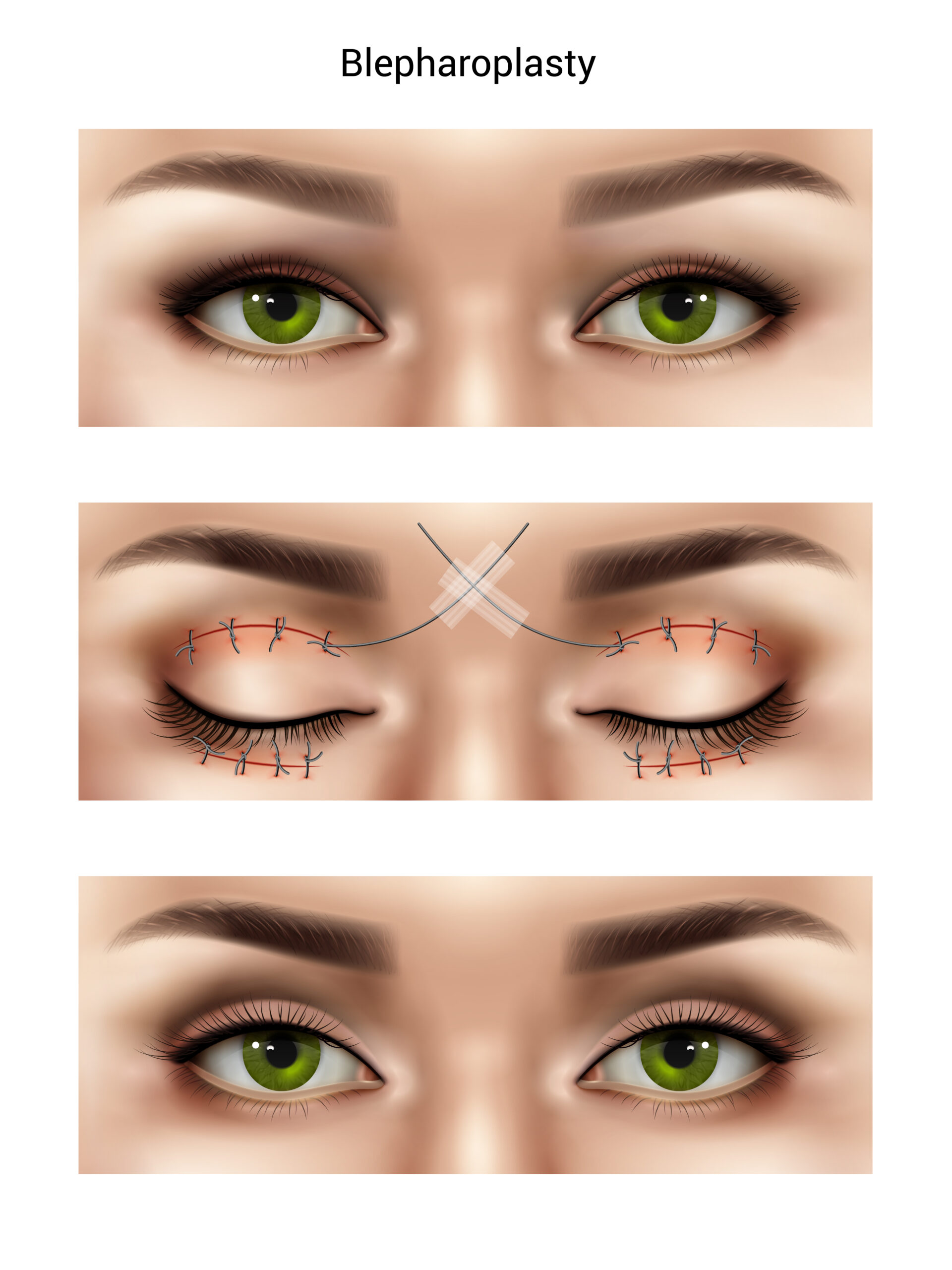
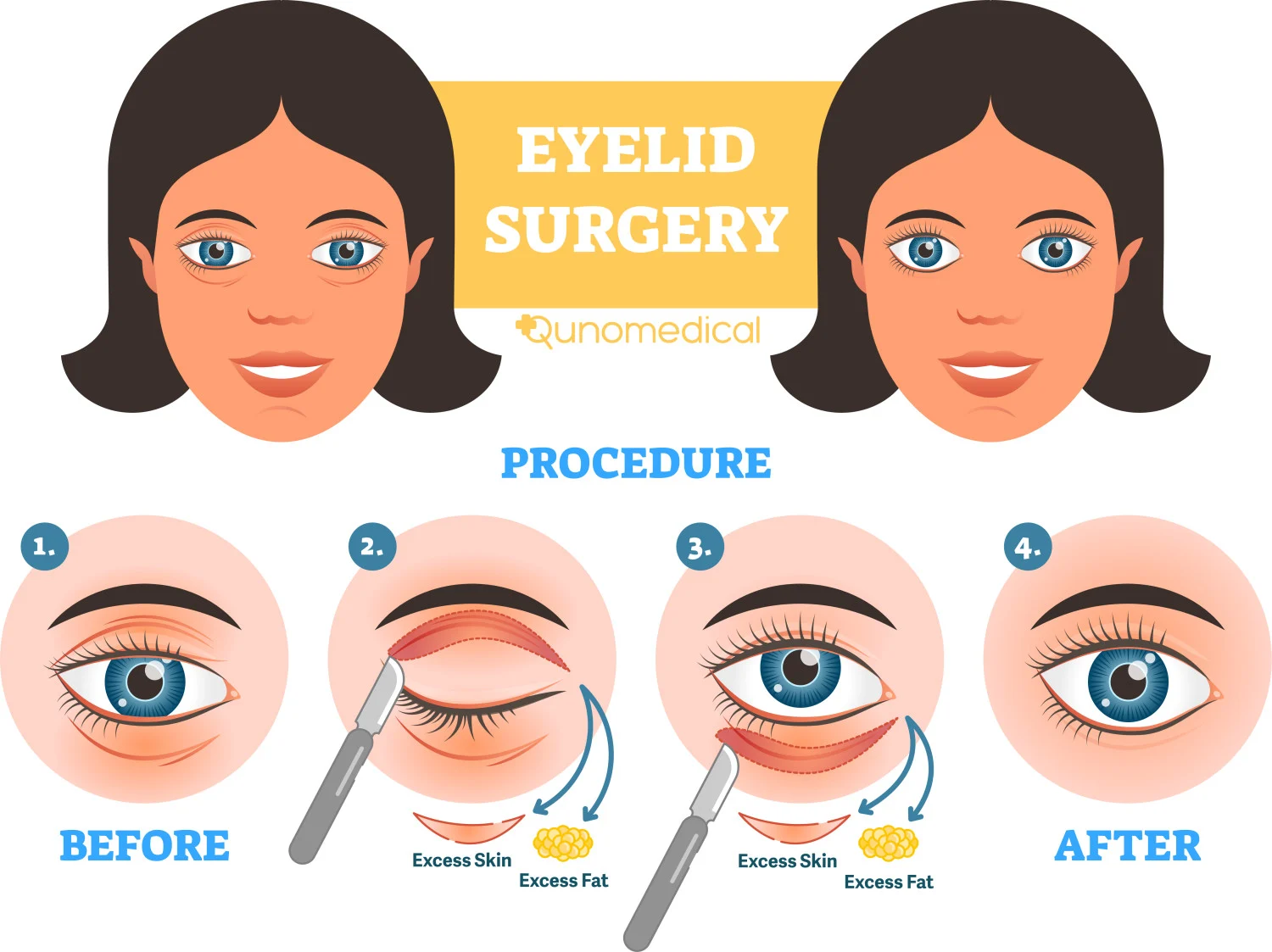
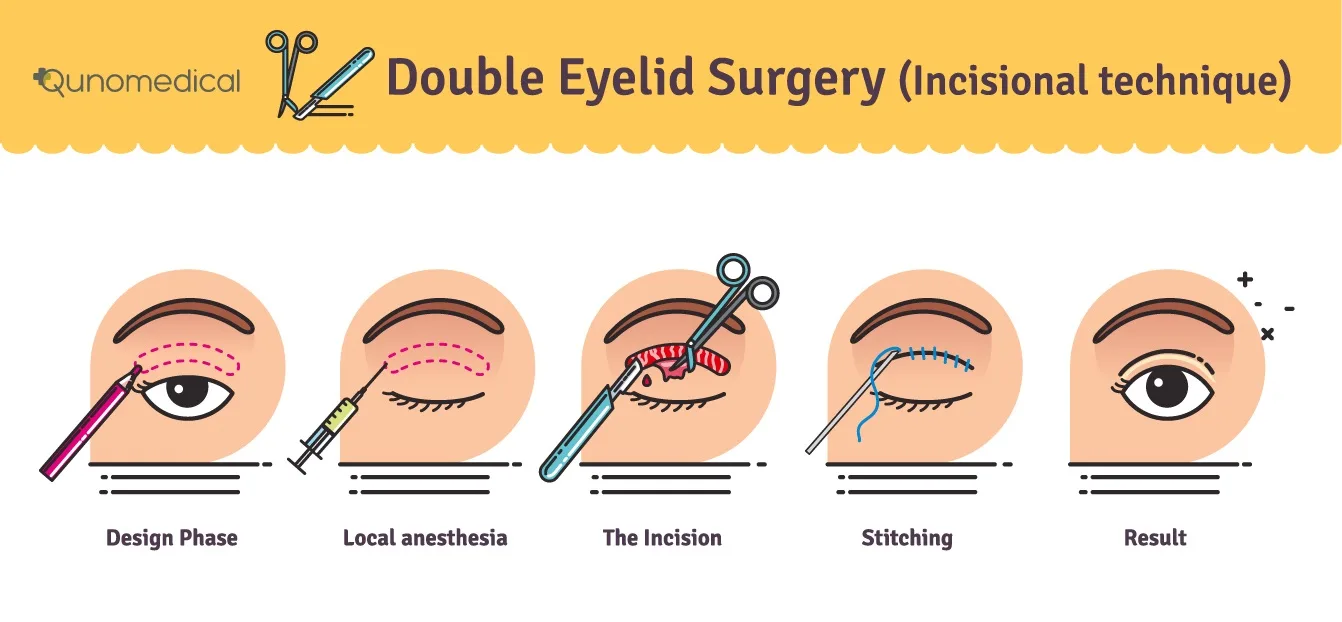
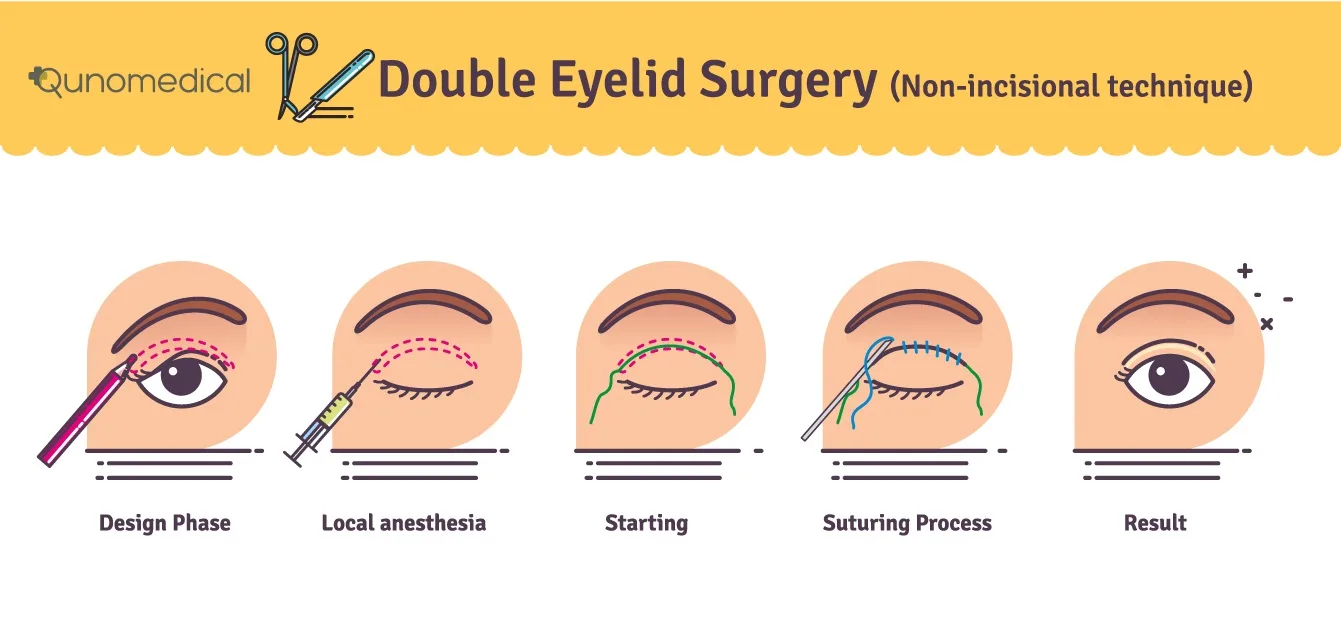
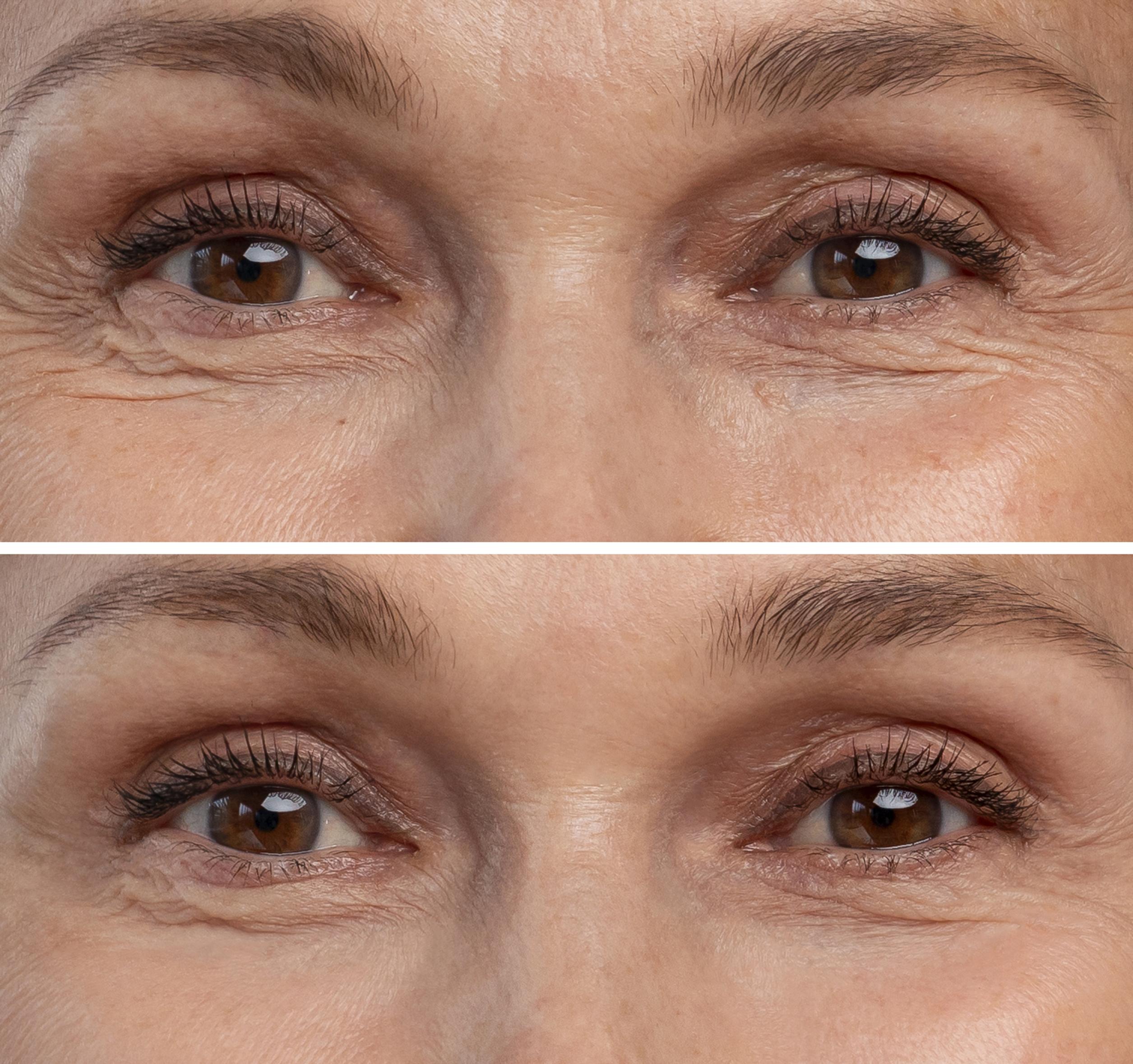
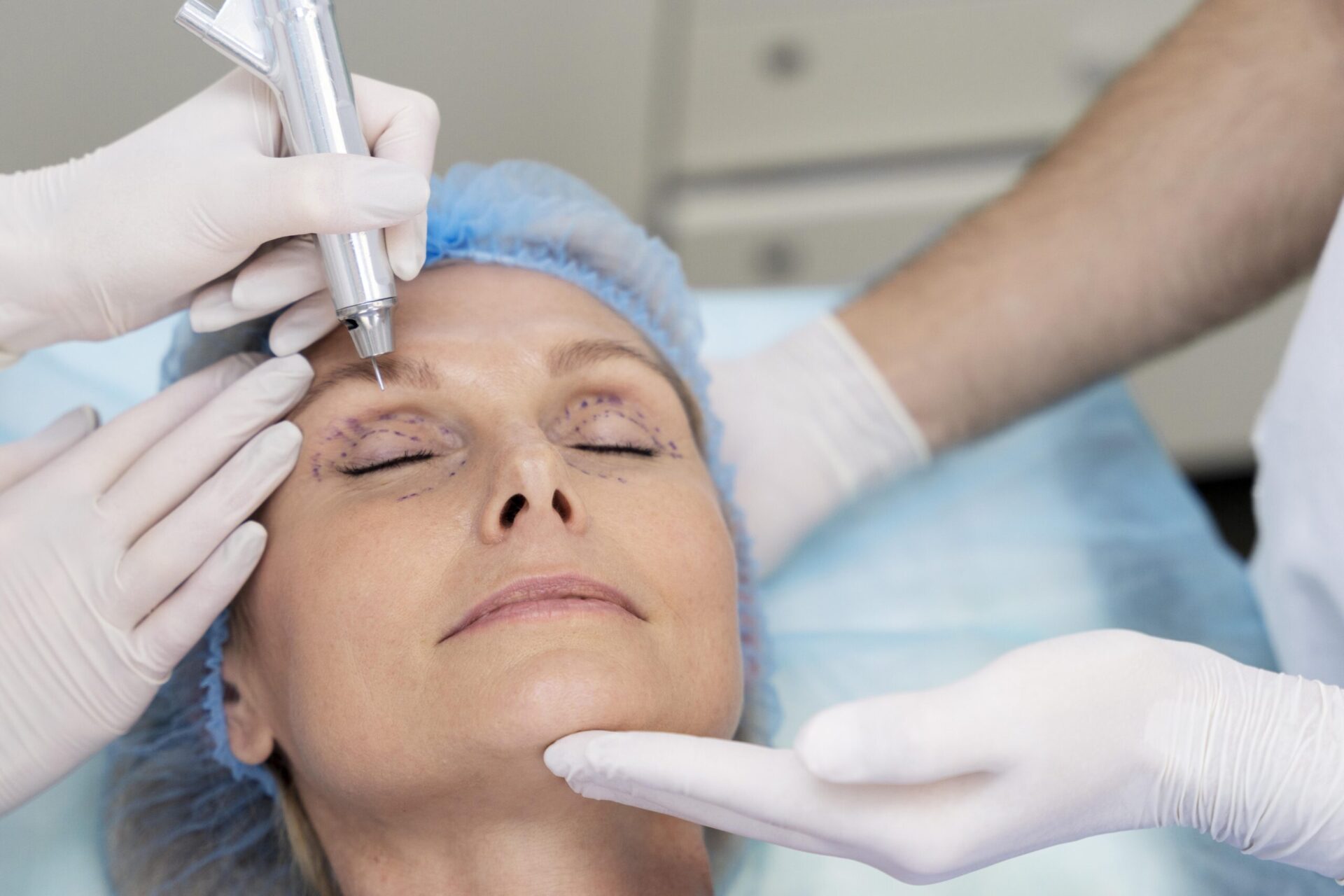
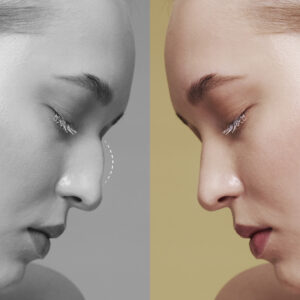
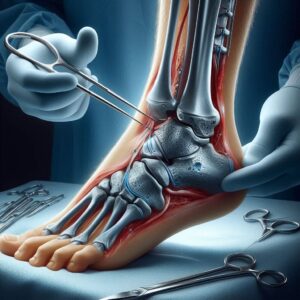
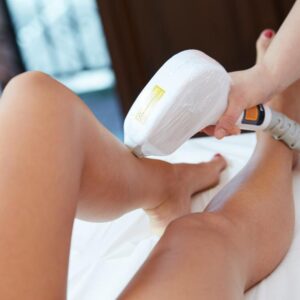

Reviews
There are no reviews yet.